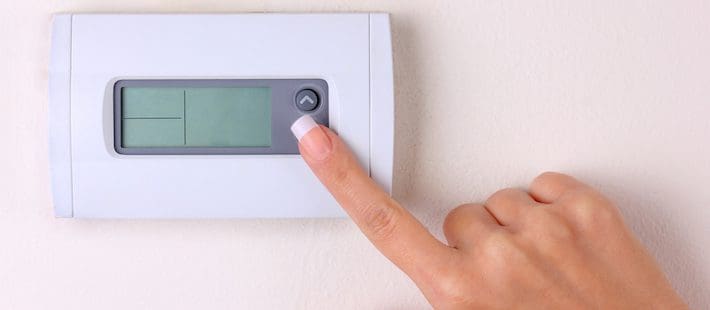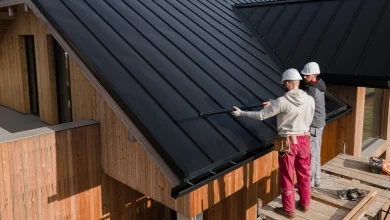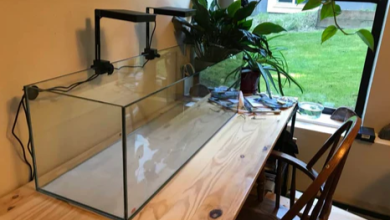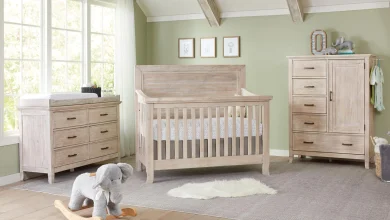Troubleshooting Guide: Dealing with a Bad Thermostat

Introduction:
Your thermostat serves as the command center for your heating and cooling system, regulating indoor temperatures and ensuring comfort and energy efficiency. However, when a thermostat malfunctions or becomes inaccurate, it can disrupt the comfort of your home and lead to energy waste. In this comprehensive guide, we’ll explore the common signs of a bad thermostat, the potential causes behind its malfunction, and the steps you can take to diagnose and address the issue, ensuring optimal performance and comfort in your home.
Recognizing Signs of a Bad Thermostat:
Before delving into troubleshooting steps, it’s essential to recognize the signs that indicate your thermostat may be malfunctioning. Some common indicators of a bad thermostat include:
- Inaccurate Temperature Reading: If your thermostat consistently displays temperatures that don’t match the actual conditions in your home, it may be failing to accurately sense and regulate temperature.
- Temperature Swings: A malfunctioning thermostat may cause erratic temperature fluctuations, leading to discomfort and inefficiency in your heating and cooling system.
- System Not Turning On or Off: If your heating or cooling system fails to turn on or off in response to temperature adjustments on the thermostat, it could indicate a communication problem between the thermostat and the HVAC equipment.
- Short Cycling: Short cycling occurs when the heating or cooling system turns on and off rapidly, resulting in excessive wear and tear on the equipment and increased energy consumption. A malfunctioning thermostat may contribute to this issue by sending incorrect signals to the HVAC system.
- Display or Interface Issues: Physical damage to the thermostat display or interface, such as flickering, blank screens, or unresponsive buttons, can indicate internal malfunctions that require attention.
Causes of a Bad Thermostat:
Several factors can contribute to the malfunction of a thermostat. Some common causes include:
- Age and Wear: Like any mechanical device, thermostats can degrade over time due to normal wear and tear, leading to decreased accuracy and performance.
- Dust and Dirt Accumulation: Dust, dirt, and debris can accumulate inside the thermostat, obstructing sensors and affecting its ability to accurately detect temperature changes.
- Electrical Issues: Faulty wiring, loose connections, or electrical surges can disrupt the operation of the thermostat and cause malfunctions.
- Incorrect Installation: Improper installation of the thermostat or incompatible wiring can result in communication errors and functionality issues.
- Battery Problems: If your thermostat relies on batteries for power, depleted or corroded batteries can cause it to malfunction or lose power unexpectedly.
Troubleshooting Steps for a Bad Thermostat:
If you suspect that your thermostat is malfunctioning, follow these troubleshooting steps to diagnose and address the issue:
- Check Power Supply: Ensure that the thermostat is receiving power by verifying that it is properly connected to the electrical circuit or that the batteries are installed correctly and not depleted.
- Clean the Thermostat: Turn off power to the thermostat at the circuit breaker and carefully remove the cover. Use a soft brush or compressed air to clean any dust or debris from the internal components and sensors. Be gentle to avoid damaging delicate parts.
- Verify Wiring Connections: Inspect the wiring connections at the thermostat and HVAC system to ensure they are secure and free from corrosion or damage. Tighten any loose connections and replace any damaged wires as needed.
- Calibrate the Thermostat: If your thermostat allows for temperature calibration, follow the manufacturer’s instructions to adjust the temperature settings to match the actual conditions in your home.
- Test and Reset: After performing the above steps, restore power to the thermostat and test its functionality by adjusting the temperature settings and monitoring the response of the heating or cooling system. If necessary, reset the thermostat to its default settings to clear any programming errors.
- Replace the Thermostat: If the thermostat continues to malfunction despite troubleshooting efforts, it may be time to replace it with a new unit. Choose a thermostat that is compatible with your HVAC system and meets your desired features and functionality.
Conclusion:
Dealing with a bad thermostat can be frustrating, but by understanding the signs of malfunction, identifying potential causes, and following troubleshooting steps, you can diagnose and address the issue effectively. Regular maintenance, including cleaning and inspecting the thermostat, can help prevent problems and ensure reliable performance of your heating and cooling system. If you’re unsure about how to troubleshoot or replace a thermostat, don’t hesitate to seek assistance from a qualified HVAC technician. With proper care and attention, you can maintain a comfortable and energy-efficient home environment year-round.








